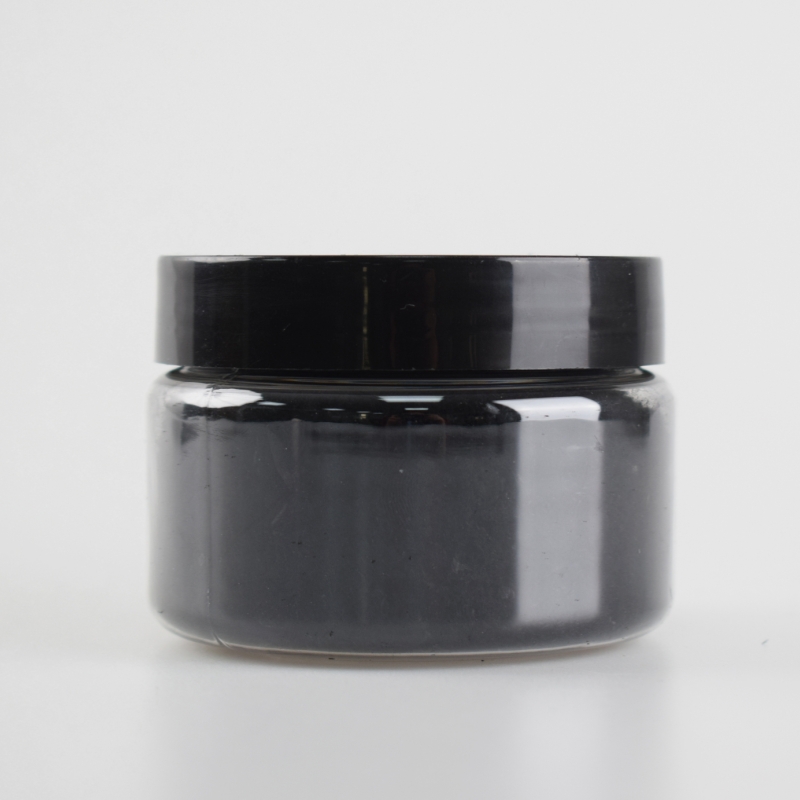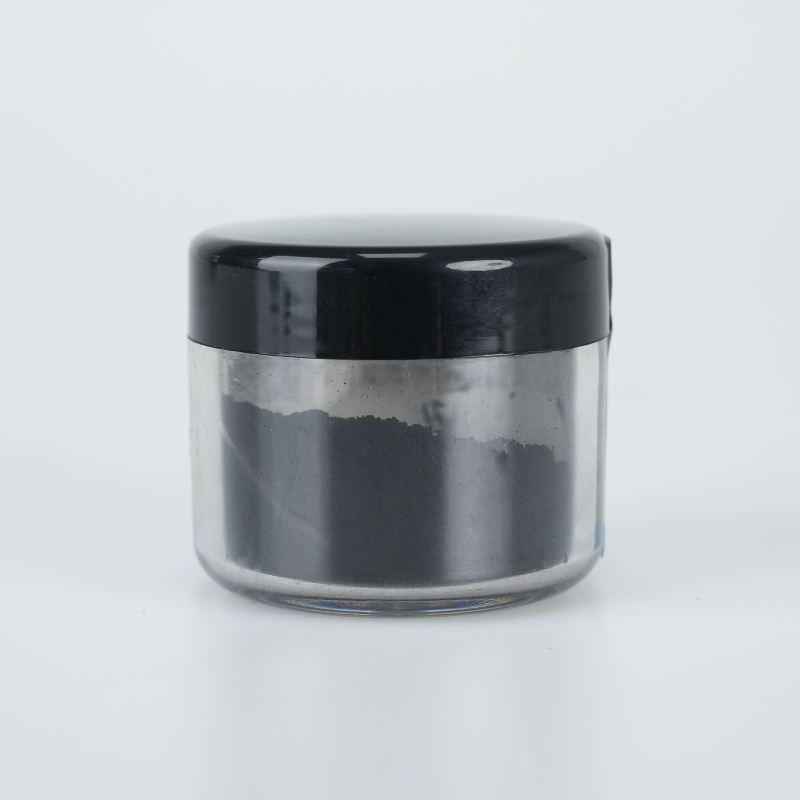Cerium oxide nanorods (CeO₂ nanorods) provide optimized catalytic efficiency, superior oxygen storage capacity, and enhanced structural integrity. Designed for energy conversion and environmental applications, they ensure efficient oxidation-reduction performance, extended durability, and high adaptability.
Product Overview
Cerium oxide nanorods (CeO₂ Nanorods) are nanomaterials with excellent catalytic performance, optical properties, and biocompatibility. Composed of cerium (Ce) and oxygen (O), these nanoparticles exhibit unique crystal structures and morphology. Due to their high specific surface area, cerium oxide nanorods exhibit remarkable catalytic activity and selectivity in catalytic reactions. Additionally, their optical properties make them promising candidates for photocatalysis, particularly in water splitting and organic pollutant degradation. Their good biocompatibility and biodegradability also enable their extensive applications in biomedicine.
Key Features
- Catalytic Performance: With a high specific surface area, cerium oxide nanorods exhibit exceptional catalytic activity and selectivity in a wide range of chemical reactions, such as phenol oxidation, CO₂ reduction, nitrate reduction, and ammonia synthesis.
- Optical Properties: These nanorods can convert light energy into chemical energy, making them ideal for applications in photocatalytic water splitting and degradation of organic pollutants.
- Biocompatibility: Cerium oxide nanorods demonstrate excellent biocompatibility and biodegradability in biomedical applications, making them suitable for bioimaging, drug delivery, and other therapeutic uses.
Applications
- Catalysis: Used as catalysts or catalyst supports, cerium oxide nanorods are extensively applied in key chemical reactions, such as organic oxidation, redox reactions, and esterification.
- Photocatalysis: Due to their photocatalytic capabilities, they convert light energy into chemical energy, widely used in water splitting and organic pollutant degradation for environmental purification.
- Biomedical Field: Cerium oxide nanorods can be employed as biosensors for signal transduction of biomolecules or as targeted drug delivery carriers for precise and personalized treatment.
- Environmental Protection: Used in the removal of organic pollutants and heavy metal ions from the atmosphere; they are also effective in removing harmful substances from water for environmental purification.
- Energy Field: These nanorods are used as electrode materials in fuel cells to convert chemical energy into electrical energy and are also utilized in the preparation of new photovoltaic materials like solar cells.
| Parameter | Description |
| Appearance | Pale yellow powder |
| Length | 10-40 nm |
| Diameter | 5-10 nm |
| Surface area | >50 m²/g |
Submit Your RequirementsWe will contact you within 24 hours.
 WOBO Scientific Research New Materials One-Stop Service Platform
WOBO Scientific Research New Materials One-Stop Service Platform











